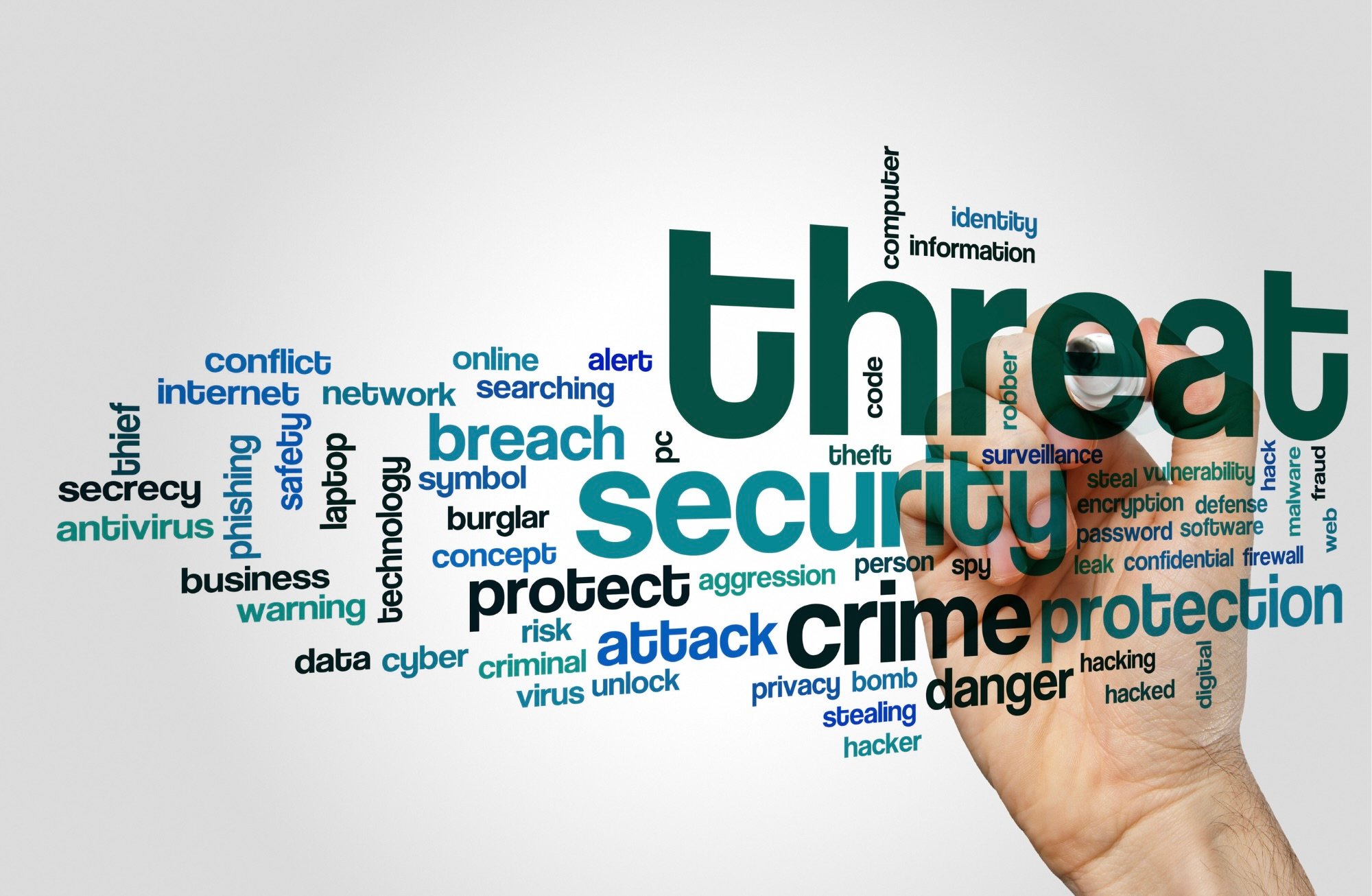
Why Online Brand Protection Matters
Would your organization ignore an imminent cyber threat if there was a high probability of causing significant damage to your public image? You might say no, but many companies ignore cybercriminals attacking their brand. They use impersonation attacks to spread false information, steal credentials, and spread malware, all in your company’s name. These rarely talked about attacks are more common than you might think. According to a Mimecast survey, in 2022, almost half of the respondents have seen an upswing in brand spoofing and impersonation attacks year over year.
These attacks leverage threats that may not directly appear tied to the impersonation attack but set the stage for such major attacks later. They target information about your organization and access to critical resources that allow them to better launch an attack. Understanding these threats can help organizations better prepare to stop them, preventing brand attacks in the future.
Understanding Basic Brand Impersonation Threats
Cyber threats involve using a computer or the internet to compromise the confidentiality, integrity, or availability of information or computer systems or the information it contains. Some threats are specifically designed to steal data. In contrast, others cause damage and disruption to systems and operations, stealing away resources to mitigate their damage and diverting the focus from other attacks.
Common Brand Cyber Threats
Numerous cyber threats exist, but some are extremely common and frequently re-used. Understanding the most common ones and what they entail will help you be better prepared to defend against them.
- Malware – software designed to harm or exploit a computer or network. Examples of malware include viruses, worms, ransomware and Trojan horses.
- Phishing – Phishing is a type of online scam that involves sending fake emails or texts that appear to be from legitimate companies or individuals to trick the recipient into revealing sensitive information, such as passwords or credit card numbers.
- Direct Attackers – Cybercriminals attempt to exploit vulnerabilities directly against an organization to gain access.
- Password Stuffing – When attackers attempt to use passwords discovered from attacks on other organizations, hoping to find users who have re-used passwords, allowing them easy access.
This is only a sampling of the different attacks leveraged by cyber criminals in preparing for a brand attack. Many of these attacks focus on compromising the human element of security. They exploit users making bad decisions, such as falling for fake messages in phishing or re-using passwords across multiple locations. In these instances, attackers get an advantage as digital cyber defenses are easy to quantify, test, and audit. On the other hand, humans and their behavior are inconsistent and might be a low risk on one day while easily compromised on another.
Brand Impersonation Overview
Brands with any form of online presence (websites, web/mobile applications, and/or social media accounts) are exposed and vulnerable to cyber threats. Threat actors use different attack methods to access sensitive and confidential information about brand properties, customers, and employees. These attack methods vary, ranging from large-scale phishing campaigns to exploiting vulnerabilities to fake websites or social media accounts that impersonate the brand.
How Brand Impersonation Happens
Brand impersonation occurs when a threat actor impersonates a legitimate brand to steal sensitive information such as credentials and bank account numbers. Attackers trick users with a counterfeit site, a redirect, fake login or false online marketplaces. Brands like Apple, Netflix and DHL are frequently imitated due to their good reputations and large clientele. Tactics such as typosquatting, which involves registering a domain similar to the initial domain, are used to deceive people. An example of this is Appple.com instead of Apple.com.
They also use website cloning to copy the content and formatting of a website on their forged domain. For all intents and purposes, it appears identical to the legitimate site, and the appearance makes it harder for users to catch. These attacks are often used in tandem to create a more believable illusion.
Consequences of Brand Impersonation
Brand impersonation attacks often escalate into more powerful breaches that damage the brand and victimize its customers. These attacks lead to stolen login credentials or the theft of personal data, including financial details. This stolen data is then often sold to other threat actors on the darkweb who can use it to conduct further attacks against the brands customers and employees for their own malicious purposes.
Customers associate the impersonation of the brand and any damage caused to them personally as the brand’s fault. When users are directly damaged by a brand attack, it is not the cyber criminal they blame, but instead, the brand being impersonated that they feel should have better security or brand protection services. According to a study by security.org, one in four consumers will stop using a company after it suffers a breach. Even though this doesn’t make logical sense externally, the projection of blame to the brand makes sense from the customer’s perspective. This is one of the key reasons to protect your brand and intellectual property.
Attackers also use brand impersonation to push malware infections that affect private consumers and global corporations depending on the target and end goal of the threat actor. They may be tricked into visiting a site, opening an attachment, or other high-risk behavior by content that appears to come from the brand. It could be a “sales” email, a fake advertisement, or a shortened web link on social media that entices them. Once the malware takes root, it can cause widespread damage, destroying data or opening back doors for cybercriminals to launch more attacks in the future.
Don’t Get Caught Unprepared
Preventing every cyber threat that faces your brand is an impossible task. But predicting the brand attacks that stem from it and stopping them in advance is not. Your company can use predictive analytics with Bfore.ai to catch brand attacks before they launch. Before.ai uses continuous intelligence gathering from the places where malicious actors congregate along with threat and vulnerability data. Using advanced machine learning, they look for threats to your business and launch into action, stopping cybercriminals before their attack gets moving.
Schedule a demo today to learn more about how Bfore.ai can help your company stop brand attacks to defend your reputation !



.png)


